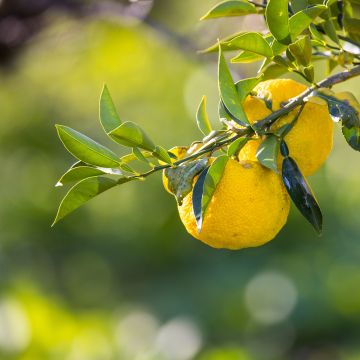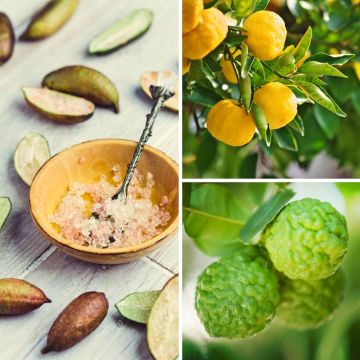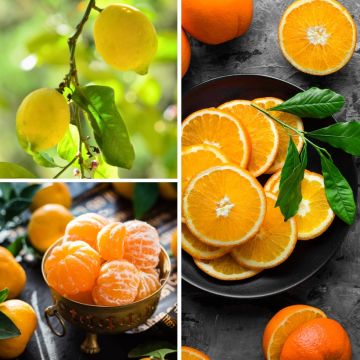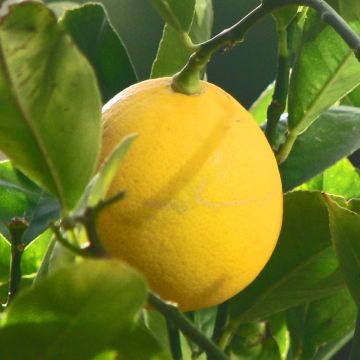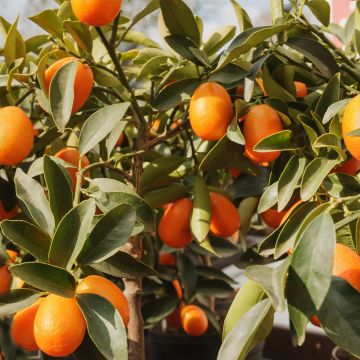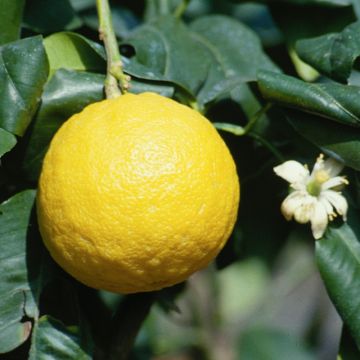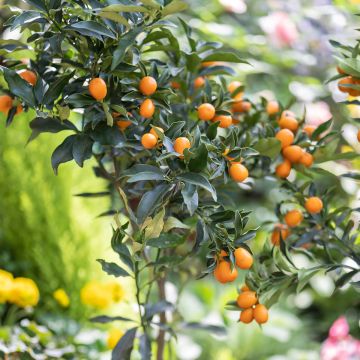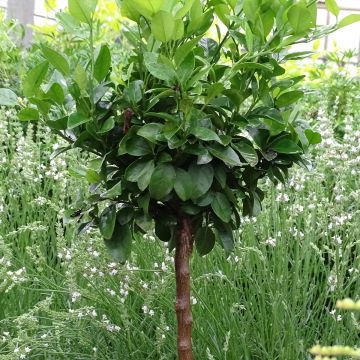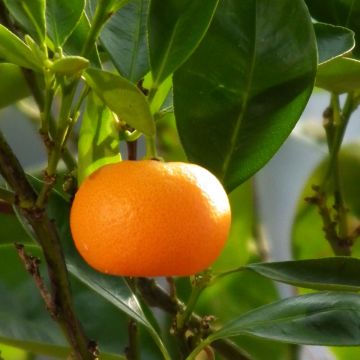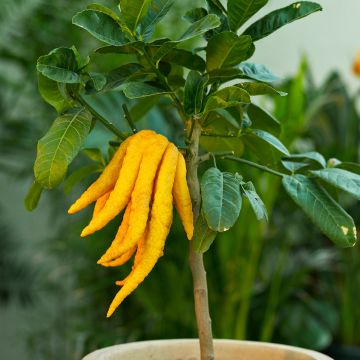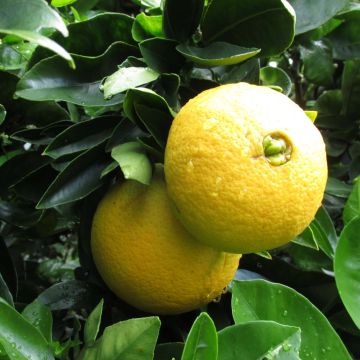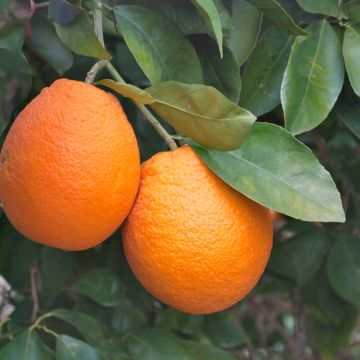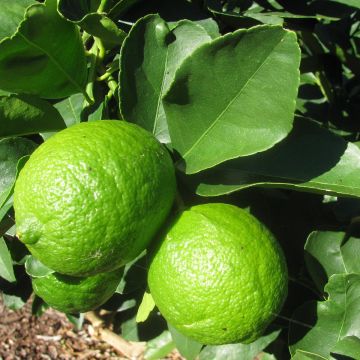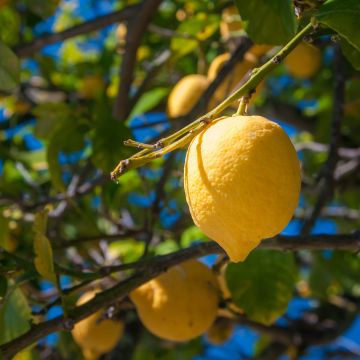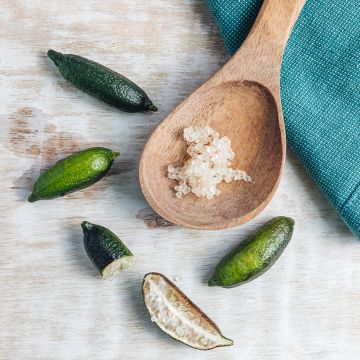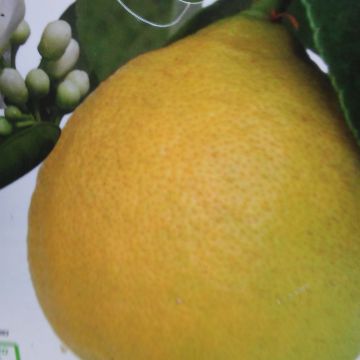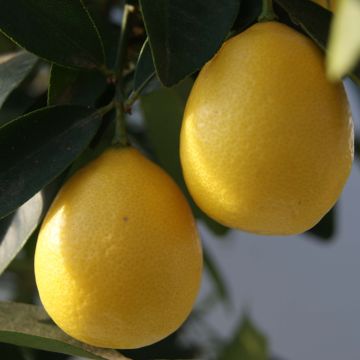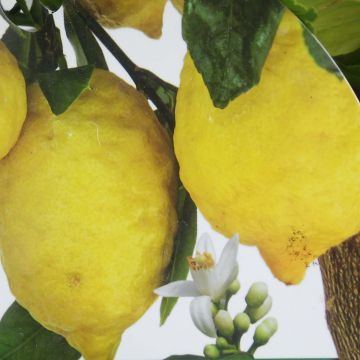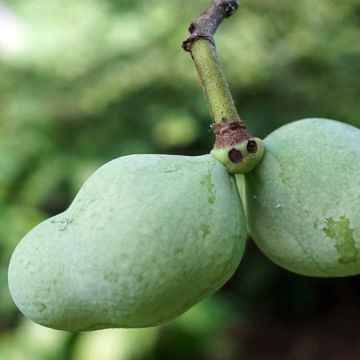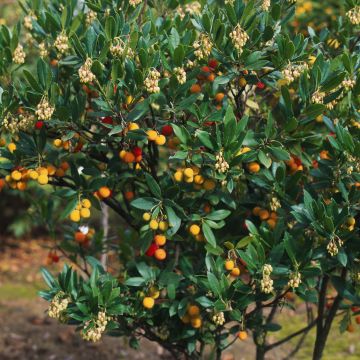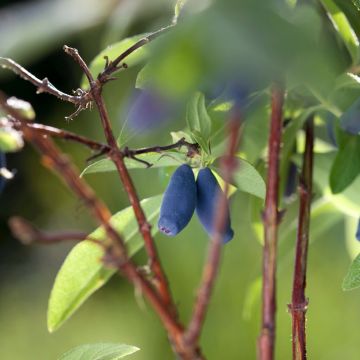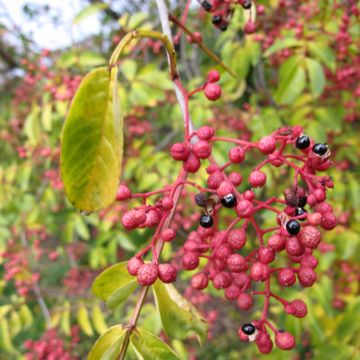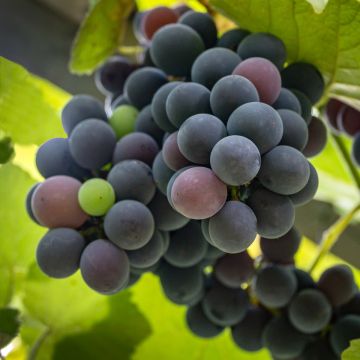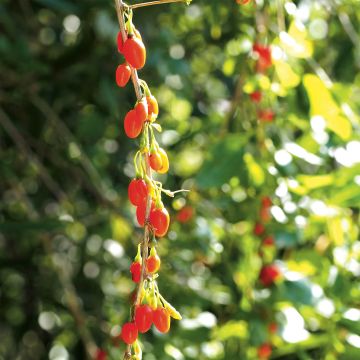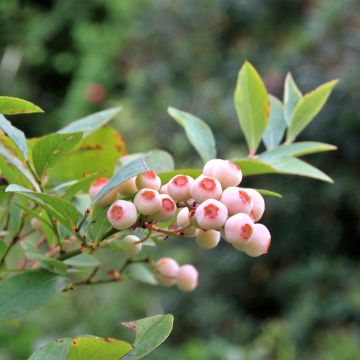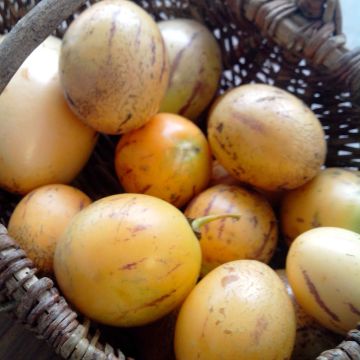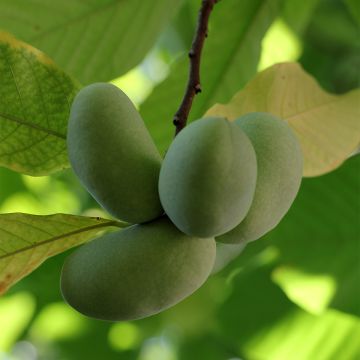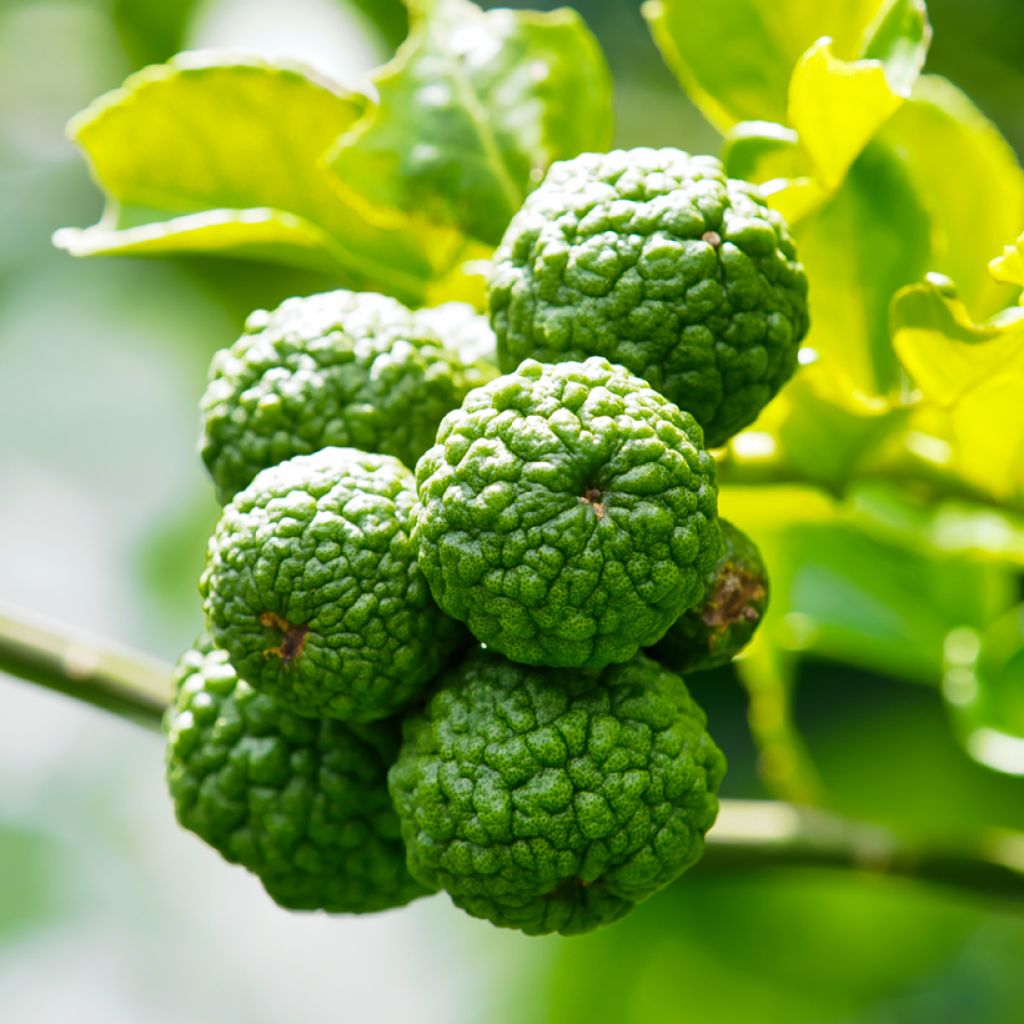

Citrus hystrix - Kaffir Lime


Citrus hystrix - Kaffir Lime
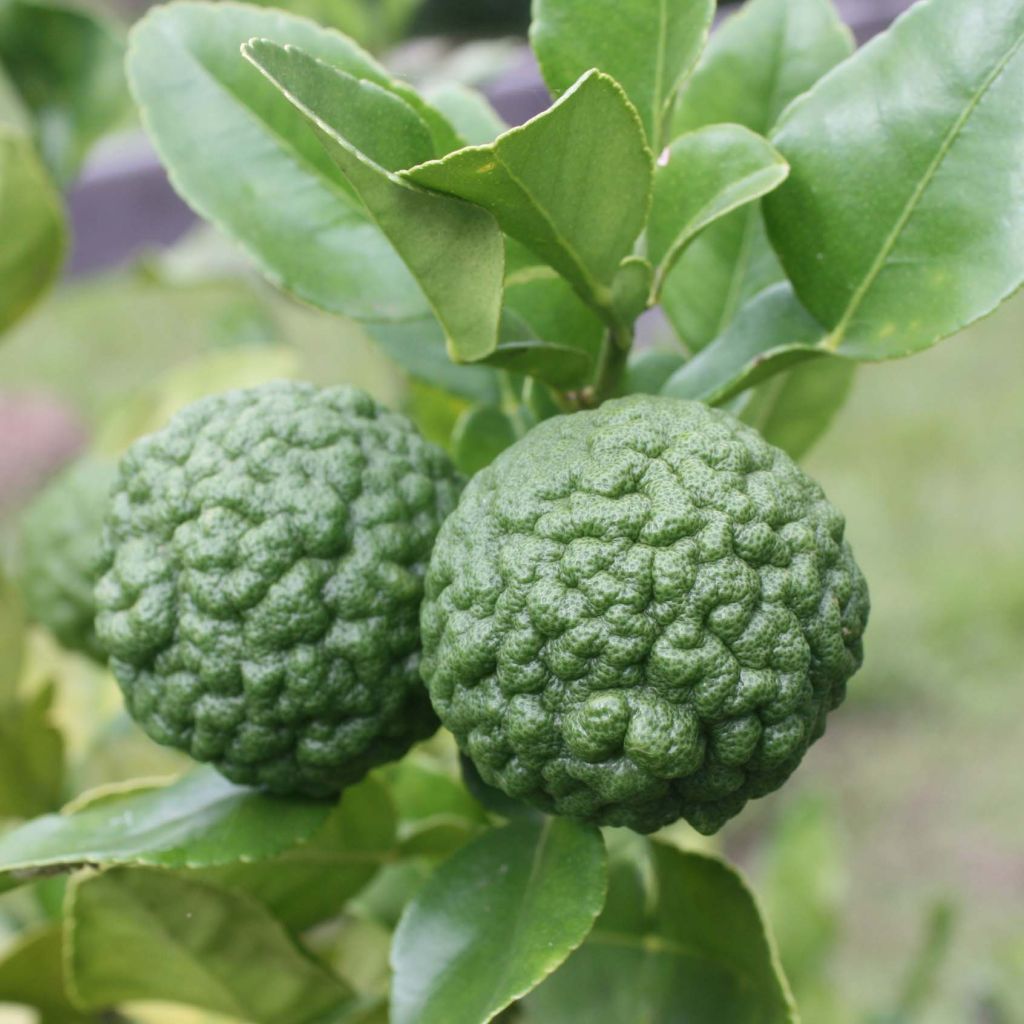

Citrus hystrix - Kaffir Lime
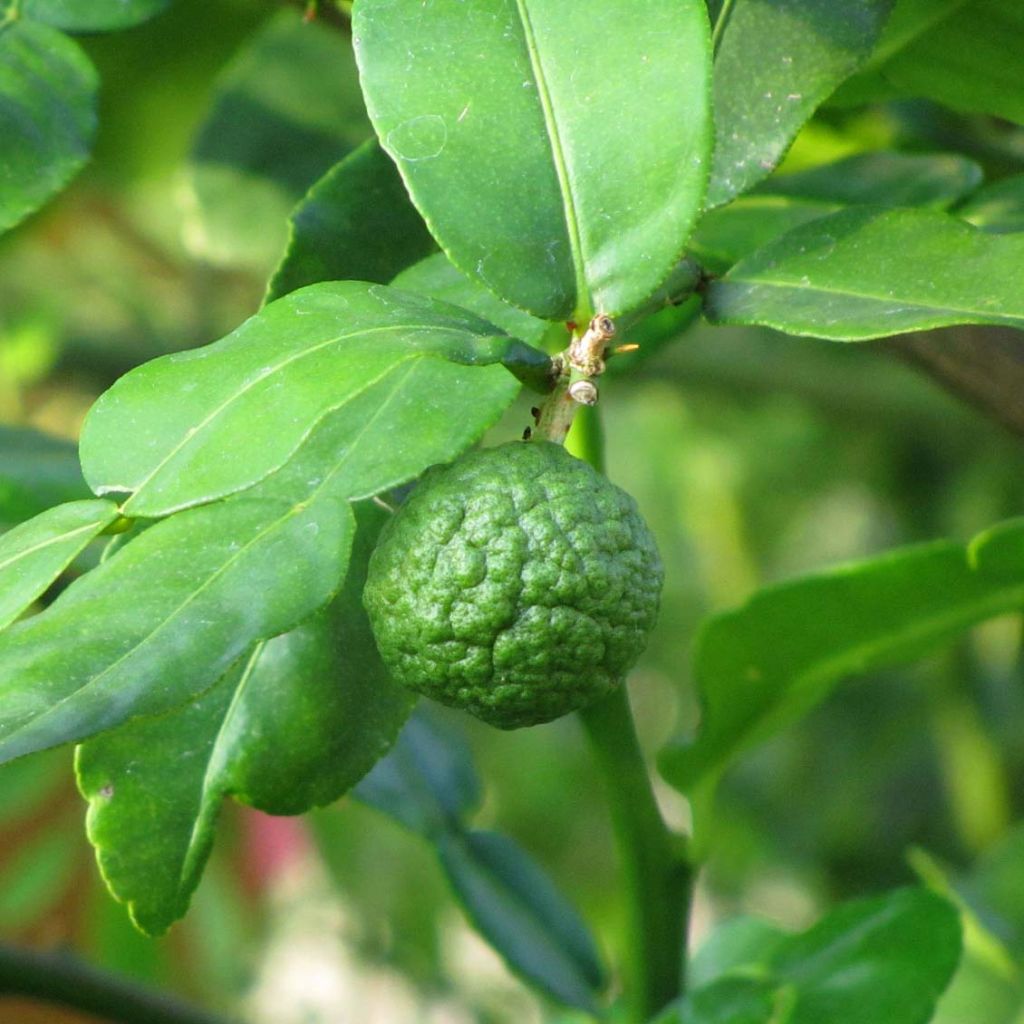

Citrus hystrix - Kaffir Lime
Citrus hystrix - Kaffir Lime
Citrus hystrix
Kaffir Lime
Why not try an alternative variety in stock?
View all →This plant carries a 6 months recovery warranty
More information
We guarantee the quality of our plants for a full growing cycle, and will replace at our expense any plant that fails to recover under normal climatic and planting conditions.
From €5.90 for pickup delivery and €6.90 for home delivery
Express home delivery from €8.90.
From €5.90 for pickup delivery and €6.90 for home delivery
Express home delivery from €8.90.
Oversize package: home delivery by special carrier from €6.90 per order..
Express home delivery from €8.90.
Delivery to Corse prohibited: UE law prohibits the import of this plant from mainland France to Corse as part of the fight against Xylella fastidiosa. Please accept our sincere apologies.
More information
Description
Citrus hystrix, known as Combawa, is an ancient citrus tree, not widely known in the world, but highly appreciated in cooking and perfumery for the zest of its fruits as well as its highly aromatic leaves. This small tree with moderate growth is very fruitful. Its abundant spring flowering takes the form of small pleasantly scented star-shaped flowers, ranging from white to pink. They are followed by the formation of pear-shaped fruits with a greenish skin that appears dented. Not very hardy, it perishes below -4° C (24.8° F). It can be cultivated in a large container to be stored in a greenhouse during winter, or in open ground in warm regions that are spared from severe frosts.
Citrus hystrix is also known as the prickly lime, wild lime, Makrut lime, kaffir, Reunion Island lime, or Papeda from Mauritius depending on the region. It is a large, more or less spiny bush from the Rutaceae family, with a rather erect bushy habit. It originates from the Sunda Islands in Southeast Asia. It is a citrus tree belonging to the Papeda group, which is ancient from a botanical point of view. It is mainly distributed in New Caledonia and often cultivated in Creole gardens on the island of Reunion where it is particularly appreciated. This small tree reaches a height of 3 m (9.8 ft) and spreads over about 2 m (6.6 ft). Not very hardy, it can only be planted in open ground in the warmest regions. Elsewhere, grow in a pot and store it at the first signs of cold weather. Cultivated for its leaves and fruits, Combawa flowers abundantly in March-April, and then again, more sporadically, in September. It produces pink buds that open into small white flowers with a sweet and delicious fragrance of neroli, characteristic of Citrus. They give way to pear-shaped fruits, tapering at the top and rounded at the base. They measure about 6 cm (2.4 in) in diameter. Their thick lime green skin has a strongly lumpy appearance. The fruit pulp, white-green and translucent, is both very acidic and bitter. The fruits are harvested in September-October, while still green, when their concentration of essential oils is at its peak. The persistent and aromatic leaves of this citrus tree have a characteristic petiole, with a very wide wing, sometimes larger than the leaf blade itself. They have a pungent, strongly spicy flavour.
The fruits and leaves are part of the culinary traditions of several Southeast Asian countries. Combawa is used in cooking to enhance exotic or Creole dishes. The leaves, rolled up and then cut into thin strips, are added to the dish at the beginning, then in the middle, and finally towards the end of cooking. It adds a very subtle touch of lemongrass to dishes like tomato rougail. The zest is sometimes used. Its juice is used in refreshing drinks, to which it adds a touch of bitterness.
Like all Citrus trees, Combawa contains visible essential oil glands in its leaves, flowers, and fruits, that can be extracted by distillation (flowers and leaves) or by pressing (zest). The essential oil has anti-inflammatory and anti-rheumatic properties, as well as sedative properties, helping to fight against stress and insomnia. The fragrance of the essential oil is described as fresh, citrusy, acidic, with green notes.
To bear fruit well, they must not lack water or nutrients. Not very hardy, it starts to suffer from cold temperatures below -3° C (26.6° F). It is a self-fertile bush which means that a single individual is sufficient for complete pollination and fruit set.
Report an error about the product description
Citrus hystrix - Kaffir Lime in pictures
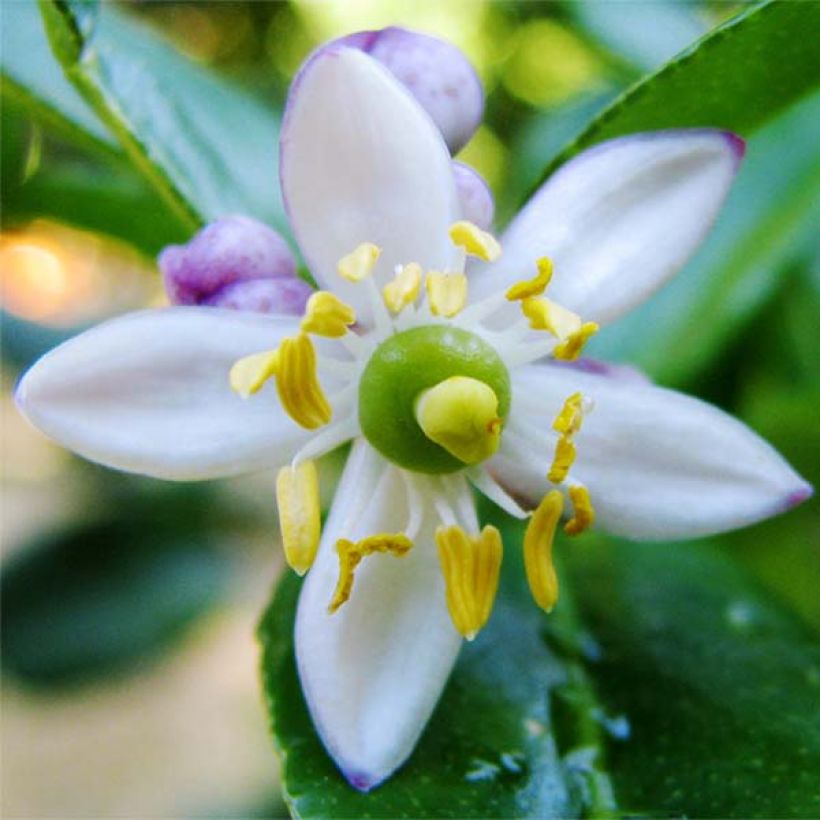

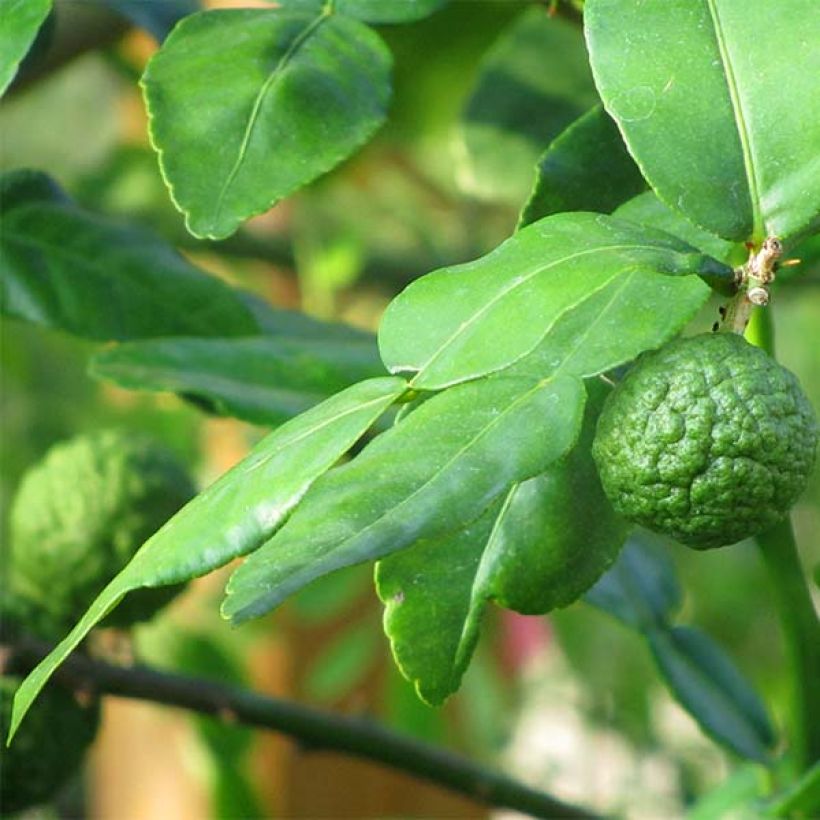

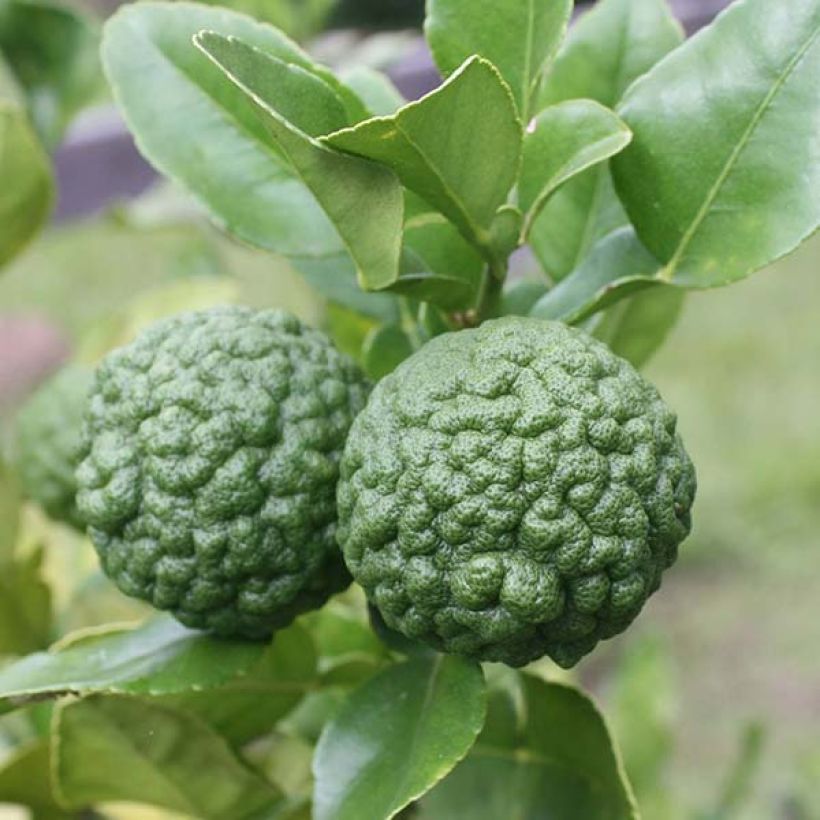

Plant habit
Fruit
Flowering
Foliage
Botanical data
Citrus
hystrix
Rutaceae
Kaffir Lime
Southeast Asia
Other Citrus trees
Planting and care
In very warm regions, it can be planted in open ground in neutral, slightly acidic and non-calcareous soils. The best time to plant is in early spring, in March and April. Be careful not to bury the collar. Citrus trees are naturally greedy and require water to fruit well: in any case, consider adding well-decomposed compost or "special citrus" fertiliser. Choose a sunny but not scorching spot for your bush, in a sheltered location to avoid drying out the foliage and causing the young fruits to fall. Place it in a location protected from sea spray.
In all other regions, plant in containers that can be kept in a greenhouse or a very lightly heated conservatory, but frost-free at all times. However, it will appreciate being outside in summer. Pot planting or repotting takes place in late summer. Choose a pot slightly larger than the root system, as citrus trees do not like to feel cramped. Moisten the root ball well. To increase the drainage capacity of the mixture, line the bottom of the pot with clay balls. Loosen the root ball and mix two-thirds garden soil with one-third "special citrus" compost. Water generously. Prefer pots made of clay or breathable material.
Citrus trees need a lot of water to thrive. Water every day with water that is low in calcium carbonate; the soil should remain moist at all times. Similarly, make sure to regularly provide it with the fertiliser it needs: every 6 months for slow-release granular fertiliser or every 3 waterings for liquid fertiliser.
Planting period
Intended location
Care
-
, onOrder confirmed
Reply from on Promesse de fleurs
Unusual and exotic fruit trees
Haven't found what you were looking for?
Hardiness is the lowest winter temperature a plant can endure without suffering serious damage or even dying. However, hardiness is affected by location (a sheltered area, such as a patio), protection (winter cover) and soil type (hardiness is improved by well-drained soil).

Photo Sharing Terms & Conditions
In order to encourage gardeners to interact and share their experiences, Promesse de fleurs offers various media enabling content to be uploaded onto its Site - in particular via the ‘Photo sharing’ module.
The User agrees to refrain from:
- Posting any content that is illegal, prejudicial, insulting, racist, inciteful to hatred, revisionist, contrary to public decency, that infringes on privacy or on the privacy rights of third parties, in particular the publicity rights of persons and goods, intellectual property rights, or the right to privacy.
- Submitting content on behalf of a third party;
- Impersonate the identity of a third party and/or publish any personal information about a third party;
In general, the User undertakes to refrain from any unethical behaviour.
All Content (in particular text, comments, files, images, photos, videos, creative works, etc.), which may be subject to property or intellectual property rights, image or other private rights, shall remain the property of the User, subject to the limited rights granted by the terms of the licence granted by Promesse de fleurs as stated below. Users are at liberty to publish or not to publish such Content on the Site, notably via the ‘Photo Sharing’ facility, and accept that this Content shall be made public and freely accessible, notably on the Internet.
Users further acknowledge, undertake to have ,and guarantee that they hold all necessary rights and permissions to publish such material on the Site, in particular with regard to the legislation in force pertaining to any privacy, property, intellectual property, image, or contractual rights, or rights of any other nature. By publishing such Content on the Site, Users acknowledge accepting full liability as publishers of the Content within the meaning of the law, and grant Promesse de fleurs, free of charge, an inclusive, worldwide licence for the said Content for the entire duration of its publication, including all reproduction, representation, up/downloading, displaying, performing, transmission, and storage rights.
Users also grant permission for their name to be linked to the Content and accept that this link may not always be made available.
By engaging in posting material, Users consent to their Content becoming automatically accessible on the Internet, in particular on other sites and/or blogs and/or web pages of the Promesse de fleurs site, including in particular social pages and the Promesse de fleurs catalogue.
Users may secure the removal of entrusted content free of charge by issuing a simple request via our contact form.
The flowering period indicated on our website applies to countries and regions located in USDA zone 8 (France, the United Kingdom, Ireland, the Netherlands, etc.)
It will vary according to where you live:
- In zones 9 to 10 (Italy, Spain, Greece, etc.), flowering will occur about 2 to 4 weeks earlier.
- In zones 6 to 7 (Germany, Poland, Slovenia, and lower mountainous regions), flowering will be delayed by 2 to 3 weeks.
- In zone 5 (Central Europe, Scandinavia), blooming will be delayed by 3 to 5 weeks.
In temperate climates, pruning of spring-flowering shrubs (forsythia, spireas, etc.) should be done just after flowering.
Pruning of summer-flowering shrubs (Indian Lilac, Perovskia, etc.) can be done in winter or spring.
In cold regions as well as with frost-sensitive plants, avoid pruning too early when severe frosts may still occur.
The planting period indicated on our website applies to countries and regions located in USDA zone 8 (France, United Kingdom, Ireland, Netherlands).
It will vary according to where you live:
- In Mediterranean zones (Marseille, Madrid, Milan, etc.), autumn and winter are the best planting periods.
- In continental zones (Strasbourg, Munich, Vienna, etc.), delay planting by 2 to 3 weeks in spring and bring it forward by 2 to 4 weeks in autumn.
- In mountainous regions (the Alps, Pyrenees, Carpathians, etc.), it is best to plant in late spring (May-June) or late summer (August-September).
The harvesting period indicated on our website applies to countries and regions in USDA zone 8 (France, England, Ireland, the Netherlands).
In colder areas (Scandinavia, Poland, Austria...) fruit and vegetable harvests are likely to be delayed by 3-4 weeks.
In warmer areas (Italy, Spain, Greece, etc.), harvesting will probably take place earlier, depending on weather conditions.
The sowing periods indicated on our website apply to countries and regions within USDA Zone 8 (France, UK, Ireland, Netherlands).
In colder areas (Scandinavia, Poland, Austria...), delay any outdoor sowing by 3-4 weeks, or sow under glass.
In warmer climes (Italy, Spain, Greece, etc.), bring outdoor sowing forward by a few weeks.

































